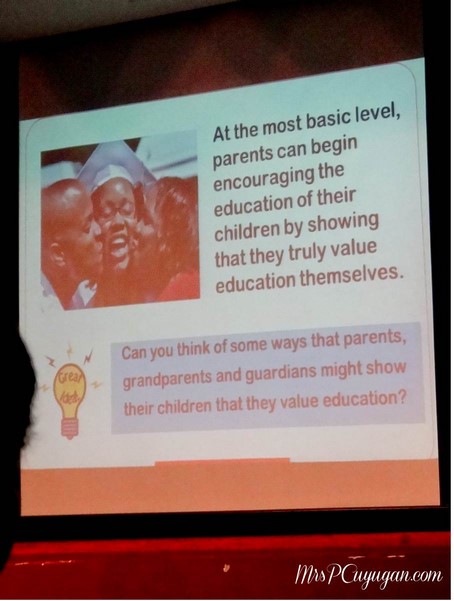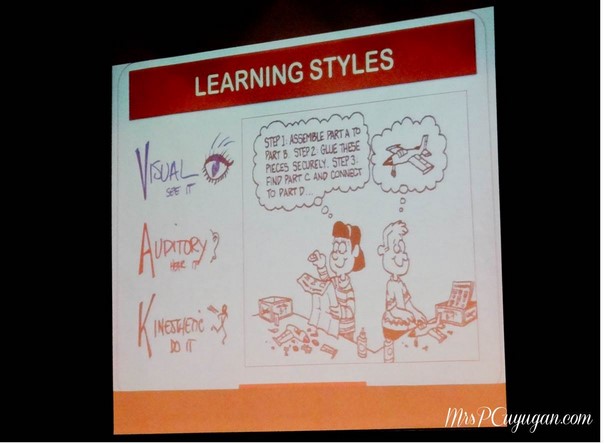Last week, I attended a seminar at my little boy’s school. This was sponsored and facilitated by Scholastic, a publisher known for its quality reading and educational materials and programs.
I got really excited when I received the memo announcing the session, which was about helping your child develop good study habits and how technology affects literacy in kids. Mr.C and I both see our son’s education as a priority investment, and we are both very much involved in his learning.
We handle homework and study time ourselves, we make sure to attend important school activities, and I also volunteer often with the Parents Association. I can really see how all this pays off each time we receive the little guy’s report card. It’s good to know that we have been doing something right.

Our facilitator that day, Ms Tina Calderon, shared that she read online that after Gen X and Y, our kids are now “Generation AATK (Always At The Keyboard)”. This is extra true for us now, since at Little Mr.C’s grade level, traditional books have been replaced by digital ones on an iPad.
We make sure, though, that the iPad is used primarily for learning. He does get to play games on it, but that is the exception rather than the norm. It’s been tough implementing these rules, but it’s certainly worth it. My son is more alert and attentive, and definitely less moody, when he isn’t video game zombified.

One of the key takeaways that I got from the seminar was that kids have varied learning styles, and in order to really be able to work effectively with your child, you should first identify how he or she learns.
Kids who are visual learners learn by watching. When they try to remember things, they usually do so by recalling images from the past. When they need to accomplish things, they tend to picture the way the finished product or the process should look like in their heads.
On the other hand, there are children who learn by listening. These auditory learners remember facts and understand instructions better when these are explained to them. One characteristic of an auditory learner is a child who spells phonetically, or based on the way the words sound. An effective learning tool to use for auditory learners is mnemonics, like ROYGBIV for the colors of the rainbow and PEMDAS (or Please Excuse My Dear Aunt Sally) for the proper order of mathematical operations.
Finally, there are kinesthetic learners, or those who learn by doing. Movement and manipulation stimulate these children, and they like to find out how things work. These kinds of kids are often more interested and successful in practical arts such as design and carpentry.
I think that Little MrC is an auditory learner. Based on experience, studying has been smooth sailing for us whenever we discuss the lessons learned for the day. He is also able to memorize things better when he hears them over and over. I actually started to notice that when he would begin singing songs that we never really taught him, but he would hear a lot at home or during car rides.
Mnemonics actually worked very well for me growing up, too, so I think I may also be an auditory learner myself. Knowing that the kiddo and I learn the same way actually helps me figure out how to make our study time more effective and pleasant for us both.
I immediately saw how helpful this seminar would be, right off the bat, and have been applying all that I’ve learned ever since. Hopefully these bits of information prove to be helpful for you guys too.
Do you know your child’s learning style? Care to share any useful study tips?